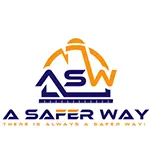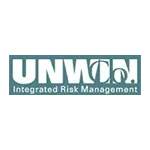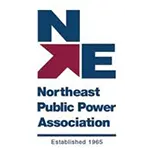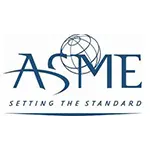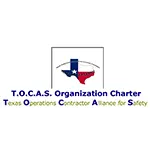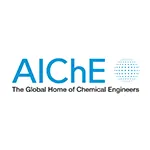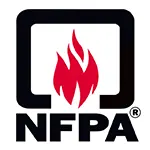Let us help you make sense of PSM / RMP!
My friend Brian Chapin will be offering an open-enrollment PSM/RMP class in Burleson, Texas, July 8th to 11th, 2025. Brian is an absolute pro in NH3 Refrigeration Process Safety. Anyone who attends will also get a FREE membership to SAFTENG. You can get more information on the class with this link.
CLICK HERE to Renew your Membership
CLICK HERE for a NEW Membership
CLICK HERE to see eligibility requirements for FREE Membership
If you have any questions, please contact m
SAFTENG has:
- Over 18,000 categorized unsafe acts/conditions and accident/injury photos
- Over 1,500 ppt's & doc's in the SAFTENG Library
- Over 4,000 Technical Articles on Process Safety, Emergency Response & OSH topics
- Over 450 videos (those not allowed on YouTube Channel)
Many THANKS to my NEW Members and those who CONTINUE to support SAFTENG:









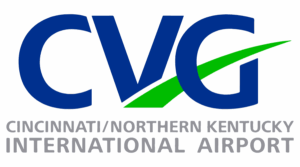

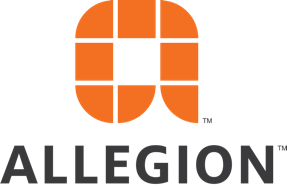
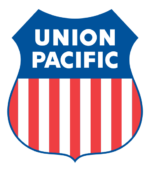

April 10, 2011
A recent report in the Cleveland Clinic Journal of Medicine notes that “the exact incidence of cell phone elbow is not known, but anecdotal reports and our own clinical experience indicates that its incidence parallels the rise in the use of cell phones and computer workstations.” With more than four billion cell phone contracts out across the globe, according to the International...
Read More
April 10, 2011
The NIOSH Hearing Loss Simulator is a software training and communication tool for promoting hearing loss prevention. It allows a user or trainer to demonstrate the effects of noise exposure on hearing without experiencing an actual noise-induced hearing loss. Estimates of the effects of different levels of noise exposure are based on the American National Standard Determination of Occupational Noise...
Read More
April 10, 2011
We continue to find businesses misunderstanding the need and requirement for “non-entry rescue” requirements found in 1910.146(k)(3). Even when a business has its own in-house CS rescue team, the rule is that for EVERY entry into a Permit-Required Confined Space, non-entry rescue capabilities found in 1910.146(k)(3)(i) & 1910.146(k)(3)(ii). There are ONLY two exceptions to this rule:...
Read More
April 10, 2011
A MUST READ for ALL Safety Pro’s The GUIDANCE ON INVESTIGATING AND ANALYZING HUMAN AND ORGANIZATIONAL FACTORS ASPECTS OF INCIDENTS AND ACCIDENTS is a report published by ENERGY INSTITUTE, LONDON. Simply attributing incidents/accidents to human error is not adequate; human factors aspects should be investigated such that lessons are learned to prevent recurrence. Each incident or accident is a...
Read More
April 10, 2011
Those of you that get my Incident Alerts or participate in the Safety Engineering Network Linked In Forum have seen the recent accident that involved a 61-year-old supervisor with over 40 years of experience at the plant which was killed when he entered a plastic molding press using an “open door” that was “interlocked” and was crushed when the machine cycled. The article stated…...
Read More
April 10, 2011
Update: Download the Updated PSI Evaluation Tool (v 3.02) CCPS initiated a project in late 2006 to develop a focused set of lagging Process Safety metrics to help industry monitor progress and drive improvement in Process Safety Programs. The project, involving a large number of CCPS member companies and external stakeholders, has recommended a concise set of metrics. CCPS is working with...
Read More
April 10, 2011
Ethanol, what is the worry? On May 14, 2007, a tanker carrying 8,000 gallons of ethanol overturned and burst into flames on an interstate in Baltimore, Maryland, killing the driver and sending a burning stream of ethanol into the street below, igniting a row of parked vehicles. On October 22, 2006, an eighty-six-car train carrying ethanol derailed, sending some of the tank cars into a river while others...
Read More
April 10, 2011
Although this decision was really about when OSHA can cite an employer for exposure to a hazard. The company claimed there was none or very little exposure to these unguarded lathe chucks because only one worker used these lathes only once or twice a year; however, OSHA cited for the unguarded equipment based on this level of exposure and the OSHRC affirmed the citation. During the inspection...
Read More
April 10, 2011
The Chlorine Institute, Inc. (CI) has launched a major initiative to provide a vast majority of its informative technical publications free to key chlor-alkali industry stakeholders via CI’s online bookstore. Twenty-six of CI’s 47 technical pamphlets already have been made available free, including five added so far this year. Five more will be added each quarter for the remainder of the year. The...
Read More
April 10, 2011
The Chemical Reactivity Worksheet (CRW) is a free program you can use to find out about the reactivity of substances or mixtures of substances (reactivity is the tendency of substances to undergo chemical change). It includes: a database of reactivity information for more than 5,000 common hazardous chemicals; a way for you to virtually “mix” chemicals to find out what dangers could arise...
Read More
April 10, 2011
Slips, Trips and Falls on same level still leading The estimated direct U.S. workers compensation costs for the most disabling workplace injuries and illnesses in 2006 were $48.6 billion. This finding and many others are presented in the 2008 Liberty Mutual Workplace Safety Index. Produced annually, the Workplace Safety Index identifies the leading causes of the most disabling U.S. workplace injuries...
Read More
April 10, 2011
OSHA answered this question in 2006 in the LOI, Requirement for flame-resistant clothing in petrochemical plant covered by PSM. Although, OSHA states in the LOI that they will cite the employer for 1910.132(a), 1910.132(d), 1910.119(f)(1)(iii)(B) and/or 1910.119(j)(2). OSHA makes reference to NFPA 2113, Standard on Selection, Care, Use and Maintenance of Flame-Resistant Garments for Protection of Industrial...
Read More


